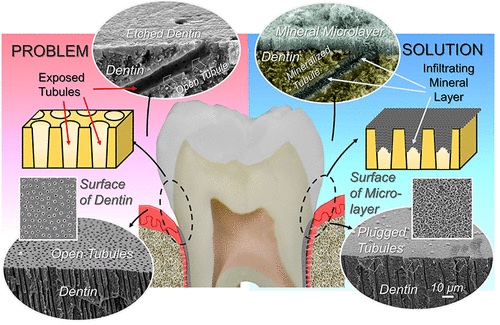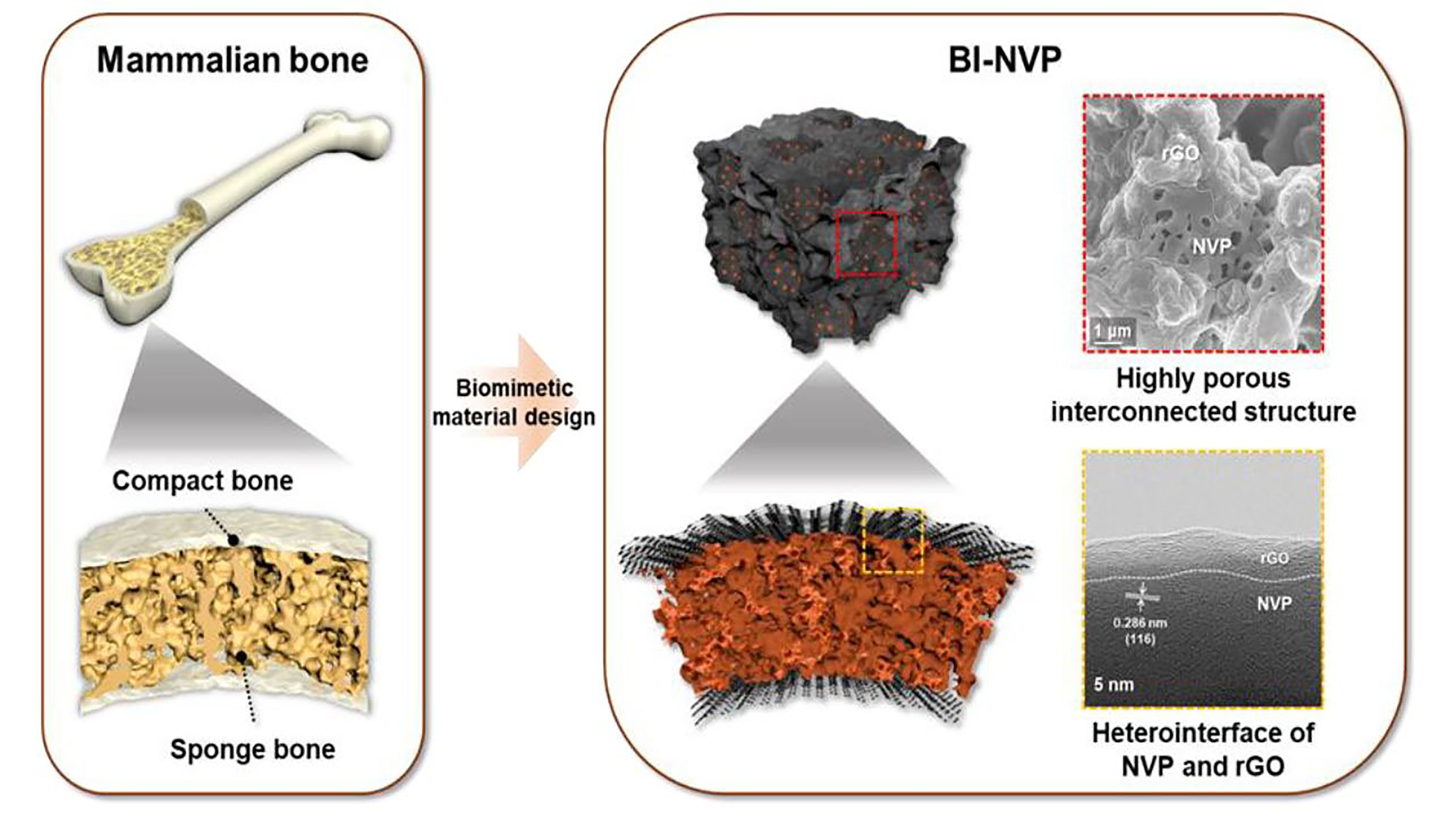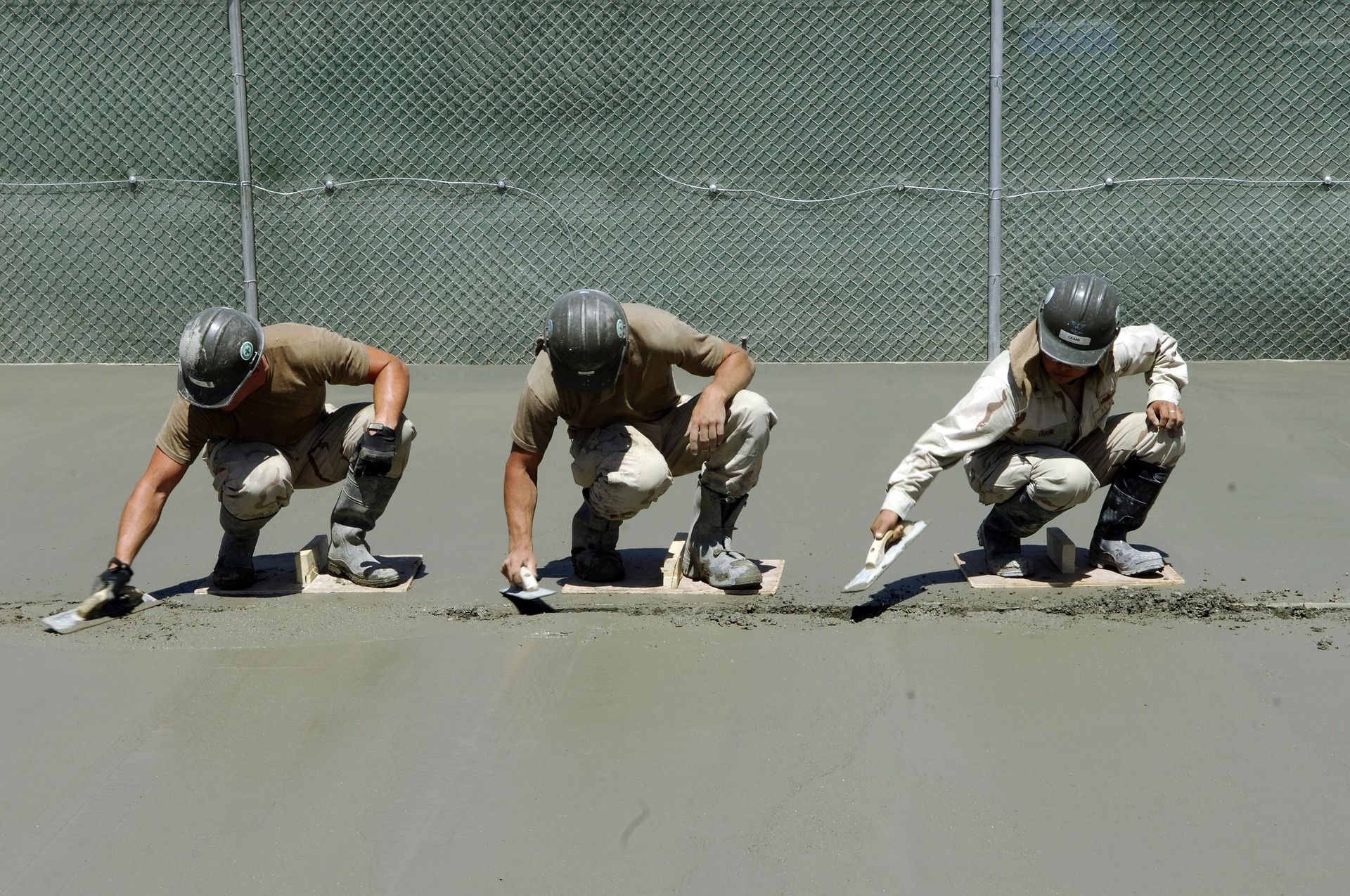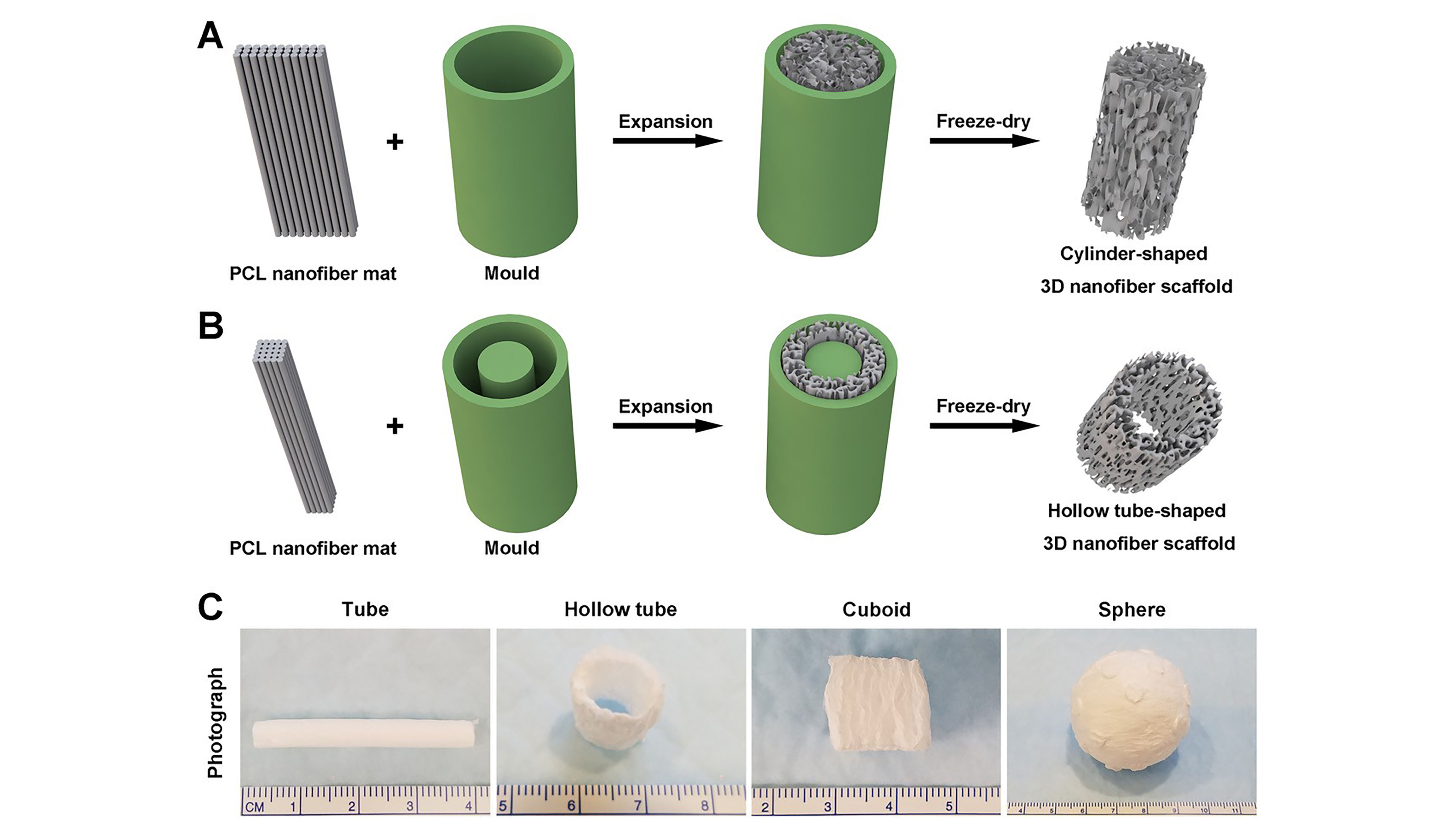A pioneering study has revealed significant improvements in coral health through an innovative approach of transplanting healthy reef ecosystems to damaged reefs. The study offers new hope for coral reef restoration and the fight against widespread coral decline.
Tag: Biomimetic
Microrobot-packed pill shows promise for treating inflammatory bowel disease in mice
Engineers at the University of California San Diego have developed a pill that releases microscopic robots, or microrobots, into the colon to treat inflammatory bowel disease (IBD). The experimental treatment, given orally, has shown success in mice.

UW-developed dental lozenge could provide permanent treatment for tooth sensitivity
The peptide-guided treatment builds new mineral microlayers that penetrate deep into the tooth to create effective, long-lasting natural protection. The ultimate goal is to provide easily accessible relief for the millions of adults worldwide who suffer from tooth sensitivity.
Taking a lesson from spiders: NUS researchers create an innovative method to produce soft, recyclable fibres for smart textiles
Researchers from the National University of Singapore drew inspiration from the spider silk spinning process to fabricate strong, stretchable, and electrically conductive soft fibres. Their novel technique overcomes the challenges of conventional methods, which require complex conditions and systems. Such soft and recyclable fibres have a wide range of potential applications, such as a strain-sensing glove for gaming or a smart mask for monitoring breathing status for conditions such as obstructive sleep apnea.
Body Posture Affects How Oral Drugs Absorbed by Stomach
A common method of administering drugs is orally, by swallowing a pill or capsule. But oral administration is the most complex way for the human body to absorb an active pharmaceutical ingredient, because the bioavailability of the drug in the gastrointestinal tract depends on the medication’s ingredients and the stomach’s dynamic physiological environment. In Physics of Fluids, researchers from employ a biomimetic in-silico simulator based on the realistic anatomy and morphology of the stomach – a “StomachSim” – to investigate and quantify the effect of body posture and stomach motility on drug bioavailability.
Synthesizing Nanomaterials from Nature’s Blueprints
Molecular self-assembly expert Chun-Long Chen describes the challenges and opportunities in bio-inspired nanomaterials in a special issue of Chemical Reviews.
Future drones likely to resemble 300-million-year-old flying machine
University of South Australia researchers have drawn inspiration from a 300-million-year-old superior flying machine – the dragonfly – to show why future flapping wing drones will probably resemble the insect in shape, wings and gearing.

Batteries Mimic Mammal Bones for Stability
Sodium-ion batteries offer several advantages over lithium-ion batteries; however, it is difficult to develop sodium cathodes, materials through which electrons can enter a battery. Many candidate materials are unstable or cannot withstand high voltages. To find a solution, researchers turned to nature. They created a porous system of NVP structures, surrounded by a dense shell of reduced graphene oxide. They describe the mammal bone-inspired sodium cathode in the journal Applied Physics Reviews.

‘Nature’s antifreeze’ provides formula for more durable concrete
Secrets to cementing the sustainability of our future infrastructure may come from nature, such as proteins that keep plants and animals from freezing in extremely cold conditions. CU Boulder researchers have discovered that a synthetic molecule based on natural antifreeze proteins minimizes freeze-thaw damage and increases the strength and durability of concrete, improving the longevity of new infrastructure and decreasing carbon emissions over its lifetime.

Nanofiber Membranes Transformed Into 3D Scaffolds
Researchers combined gas foaming and 3D molding technologies to quickly transform electrospun membranes into complex 3D shapes for biomedical applications. The new approach demonstrates significant improvements in speed and quality compared with other methods, and is the first successful demonstration of formation of 3D neural tissue constructs with an ordered structure through differentiation of human neural progenitor/stem cells on these transformed 3D nanofiber scaffolds. They discuss their work in this week’s Applied Physics Reviews.